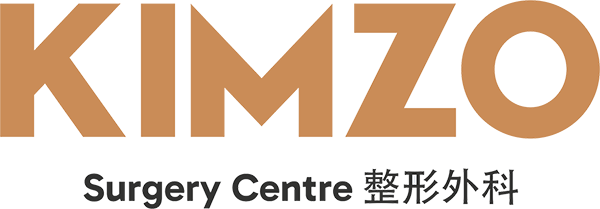Comprehensive Rhinoplasty
结构式隆鼻手术
Comprehensive rhinoplasty, often referred to as “nose surgery,” is a surgical procedure designed to enhance the shape and functionality of the nose. This procedure addresses both aesthetic concerns—such as the size and contour of the nose—and functional issues, such as breathing difficulties caused by structural abnormalities. Comprehensive rhinoplasty combines artistry with medical expertise to achieve harmonious facial proportions and improve overall nasal function.













